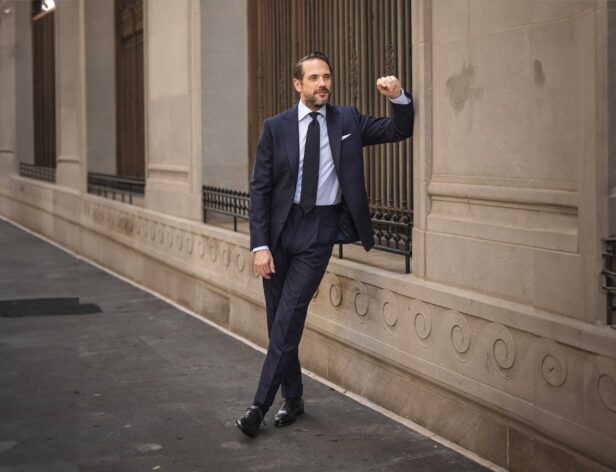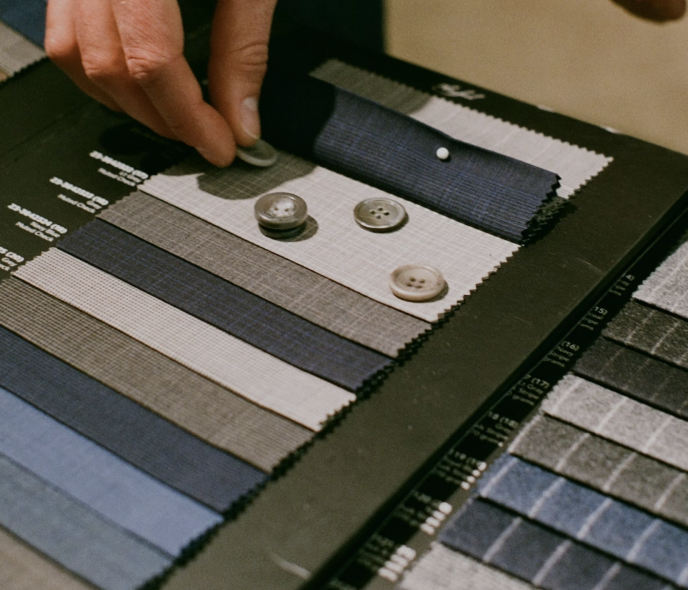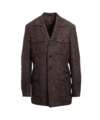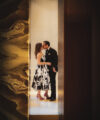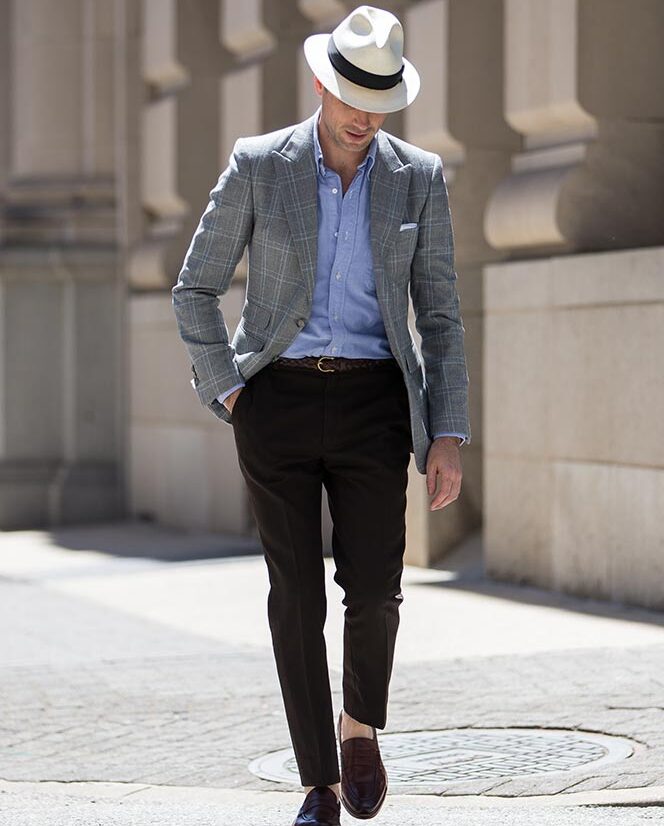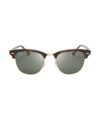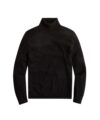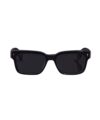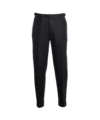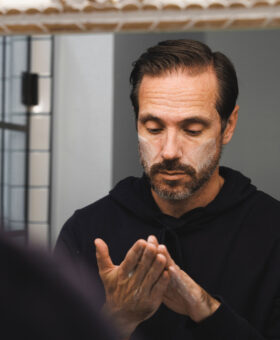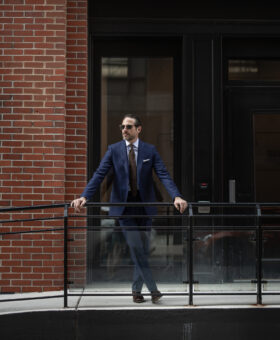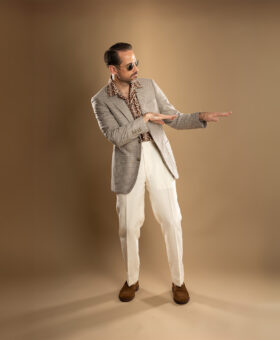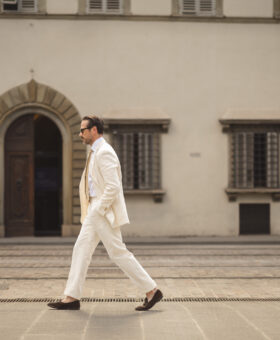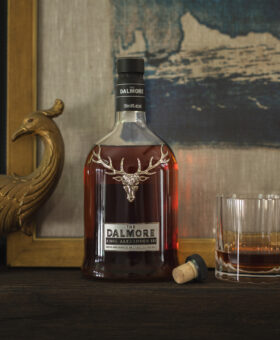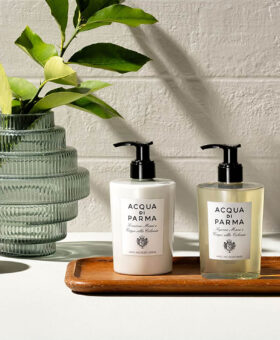
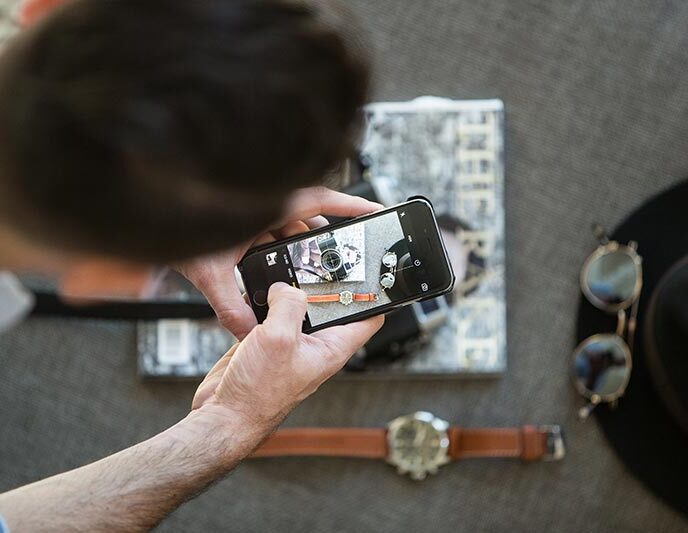
Share
7 Keys to Take Your Instagram Flat Lay Photography to the Next Level
There’s something about a perfectly styled Instagram flat lay, isn’t there? The best ones seem so effortless, simple and tossed off – almost like they’re the Instagram equivalent of sprezzatura.
If you’ve ever attempt to take a good flat lay, you know that the sprezzatura analogy is apt. Making a flat lay seem careless and natural – even though you’ve put a lot of thought into it – is kind of an art.
Not only that, but getting it just right can be frustrating. Okay, extremely frustrating. Fine, maddening even. Don’t pretend like you haven’t been there.
Now, I’m not saying that I have an advanced degree in Flat Lay, but as it is one of the Insta-isms I find fascinating (and somewhat evocative), I’ve dedicated some time to learning how to take a good one.
So here are a few key things to focus on next time you’re trying to style that perfect flat lay for Instagram.
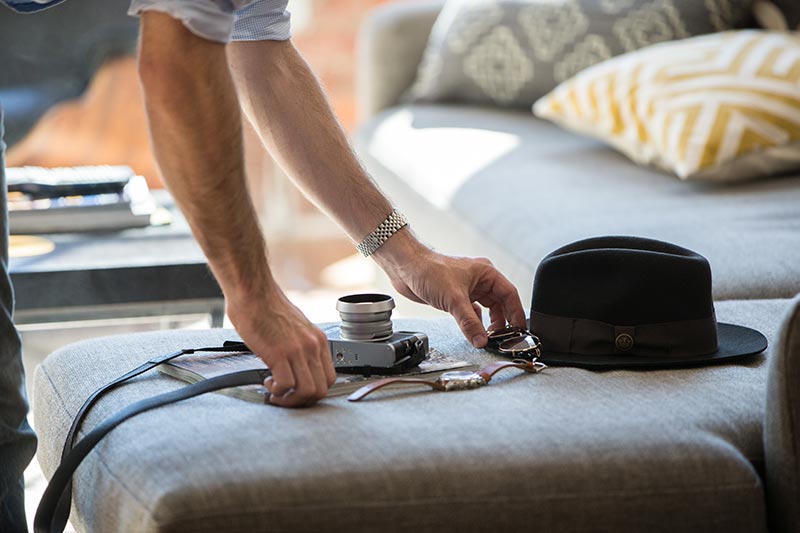
1. Lighting is key.
Natural light is what you’re after. Indirect, diffused natural light is the best. To get the most crisp and natural-looking shots with great color, shadows and depth, avoid harsh sunlight and dark environments at all costs.
2. Choose your items.
Unless you’re going for a minimalist shot with only one item, choose three things to focus on and make the shot about them.
You could pick your items based around a theme – like travel, for example – or build around a specific color palate. My favorite flat lays are always the ones that have colors that are complementary.
3. Choose a background.
The most engaging flat lays are the ones that have a textured background that is clean and simple. There’s a reason why the marble table top is such a coveted background.
Once you’ve chosen your items and your background, an advanced flat lay maneuver – and one that I try to incorporate whenever possible – is to create a sub-background. (Yes, believe it or not, this is part of the thought process.)
In the example in this post, my couch is the background – or canvas – and The Rake magazine and my hat are the secondary background layer.
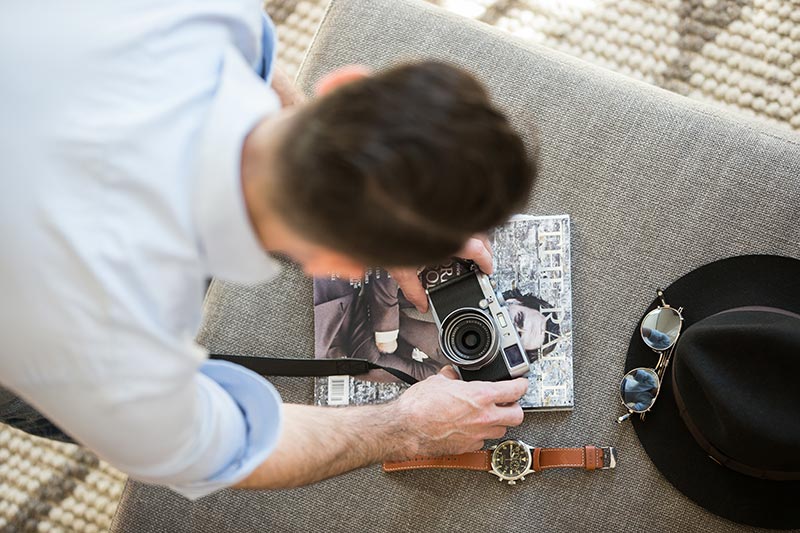
4. Arrange.
This is perhaps the trickiest and most frustrating part of taking a good flat lay – learning how to style the items. It’s hard to give a specific formula for this, but a good starting point compositionally, is to obey the rule of thirds.
One thing I’ve found to always be the case as well, is to know that things need to be a lot closer together than you think.
My workflow is to arrange the items how I think they’ll look good, then rearrange them after I’ve seen how they appear in the frame. Over time you develop your own visual vocabulary and it gets (somewhat) easier.
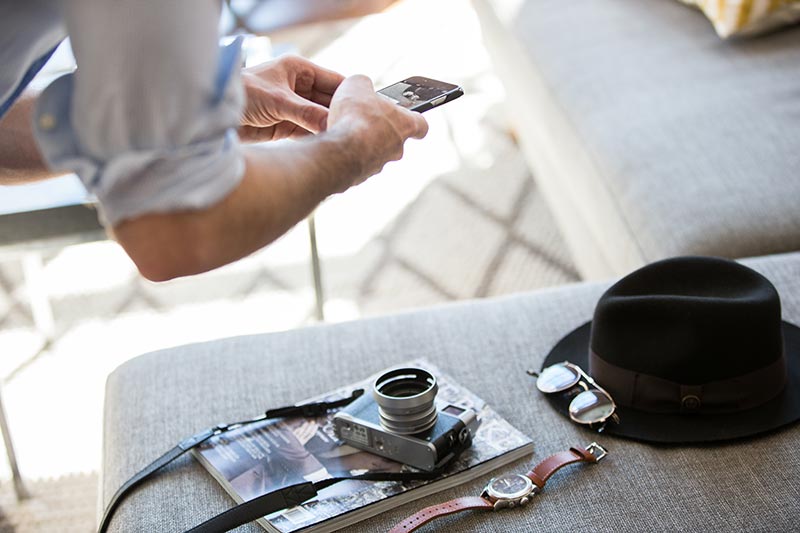
5. Take the shot.
Actually, take many shots. And by “many”, I mean, A TON. Don’t think too hard about it and move your phone (or camera) around liberally. Closer, farther away, rotate. Go nuts.
If you’ve got something specific in mind, try to get that shot for a bit and then forget about it and try something complete different. Some of my favorite shots have been “accidents” that I wasn’t trying to create.
Confession: I regularly take 50-100 different shots for a single flat lay. Sometimes you get lucky and it’s one shot, one kill. That’s highly unusual, however.
6. Choose the best one.
I prefer to choose the best shot based on looking at them in a grid, i.e. in the photo library. Seeing how a photo exists in square format helps me to decide on which has the best composition. Then favorite the contenders.
After doing that, my trick is to actually touch through them in Instagram. Open the app, choose favorites folder and see which one looks best in the app.
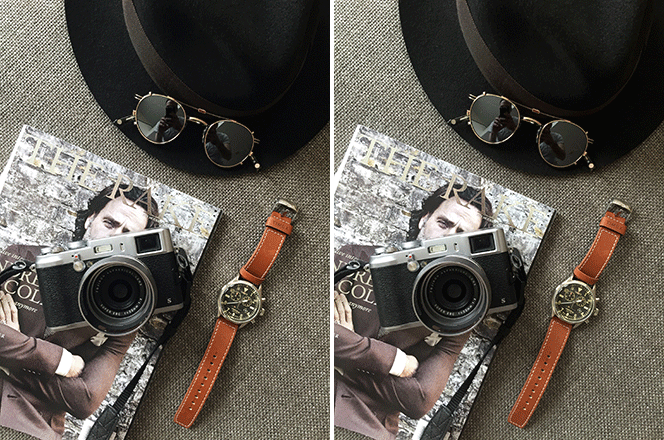
7. Edit.
I don’t think it’s a stretch to say that what actually makes a good Instagram photo – flat lay or otherwise – is the edit. Really. It’s all in the edit.
I’m not going to share my exact photo editing workflow here – that’s an entirely different post – but I use a combination of Snapseed and VSCO. Most photos take me about a minute to edit.
One key to a great edit is to never overdo it. You want photos to look natural and a good edit will look very natural.
Thanks for reading.
Stylishly Yours,
Brian Sacawa
He Spoke Style
Photography by Rob McIver Photo.
